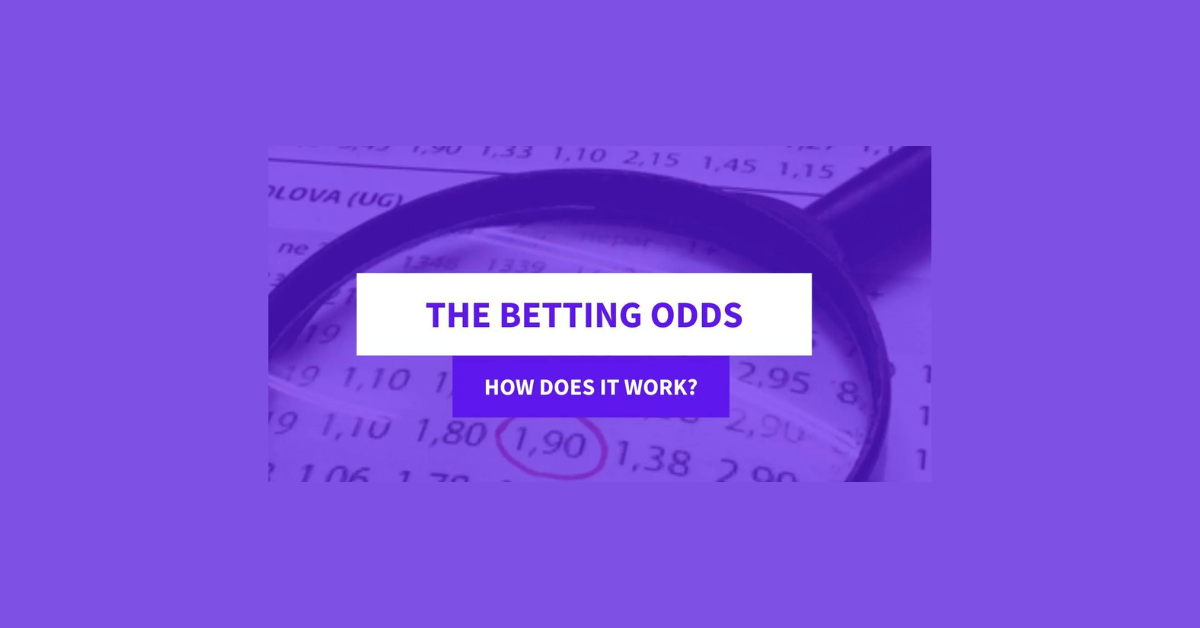Explanation of Betting Odds
Betting odds are numerical representations of the likelihood of a certain outcome occurring in a sports event or any form of gambling. These odds are used by bookmakers to determine payouts for bets placed by individuals. There are different types of odds formats such as fractional, decimal, and moneyline, each presenting the probability of an event occurring in a slightly different manner.
Understanding betting odds is crucial for anyone looking to engage in sports betting or any form of gambling. By knowing how to interpret odds, individuals can make informed decisions on where to place their bets and potentially increase their chances of winning. It is important to remember that odds not only indicate the probability of an outcome but also determine the potential payout one can receive if their bet is successful.
Understanding the Basics of Probability
Probability is a fundamental concept in betting that reflects the likelihood of an event occurring. It is represented as a number between 0 and 1, with 0 indicating impossibility and 1 indicating certainty. When it comes to betting odds, probability helps in assessing the chances of a particular outcome.
Understanding probability allows bettors to make informed decisions based on the likelihood of different outcomes. By calculating probabilities, individuals can compare them to the odds offered by bookmakers to determine if a bet has value. This foundational knowledge is essential for bettors looking to maximize their potential returns and make strategic wagering choices based on rational analysis.
Different Types of Odds Formats
There are several common formats used to represent betting odds: decimal, fractional, and American (moneyline) odds. Decimal odds are most commonly used in Europe, Australia, and Canada. They indicate how much will be returned on a winning bet, including the original stake. For example, odds of 2.00 mean you will double your money if you win.
Fractional odds, often used in the UK, express the potential profit relative to the stake. If the odds are 5/1, you stand to win $5 for every $1 wagered. On the other hand, American odds are represented with either a plus or minus sign. Negative numbers (-) indicate the amount you must bet to win $100, while positive numbers (+) show how much you would win on a $100 bet.
Calculating Probability from Odds
To determine the probability from betting odds, one can employ a simple formula. When given fractional odds, the calculation involves dividing the second number by the sum of both numbers. For example, if the odds are 5/1, the probability would be 1 / (5 + 1) = 0.1667 or 16.67%. In decimal odds, the formula is slightly different, requiring the formula 1 / decimal odds to find the implied probability. If the decimal odds are 3.00, the probability would be 1 / 3.00 = 0.3333 or 33.33%.
Converting American odds to implied probability involves utilizing the formula 100 / (positive odds + 100) for positive odds and (-negative odds) / (negative odds – 100) for negative odds. For instance, if faced with +300 odds, the probability would be 100 / (300 + 100) = 0.25 or 25%. Conversely, if the odds are -200, the probability would be -200 / (-200 – 100) = 0.6667 or 66.67%. These calculations provide insight into the likelihood of a certain outcome based on the odds presented.
Implied Probability vs. True Probability
Implied probability and true probability are two concepts often encountered in the realm of betting and gambling. Implied probability refers to the likelihood of an event happening according to the odds provided by bookmakers. These odds are set by the bookmakers based on public perception, past outcomes, and other factors, and they reflect the probability of an outcome as perceived by the market.
On the other hand, true probability is the actual likelihood of an event occurring based on statistical analysis and objective data. It is the accurate representation of the chances of an outcome happening, free from any external influences or subjective factors. True probability serves as a more reliable indicator of the likelihood of an event compared to implied probability, as it is based on concrete evidence rather than market sentiments.















